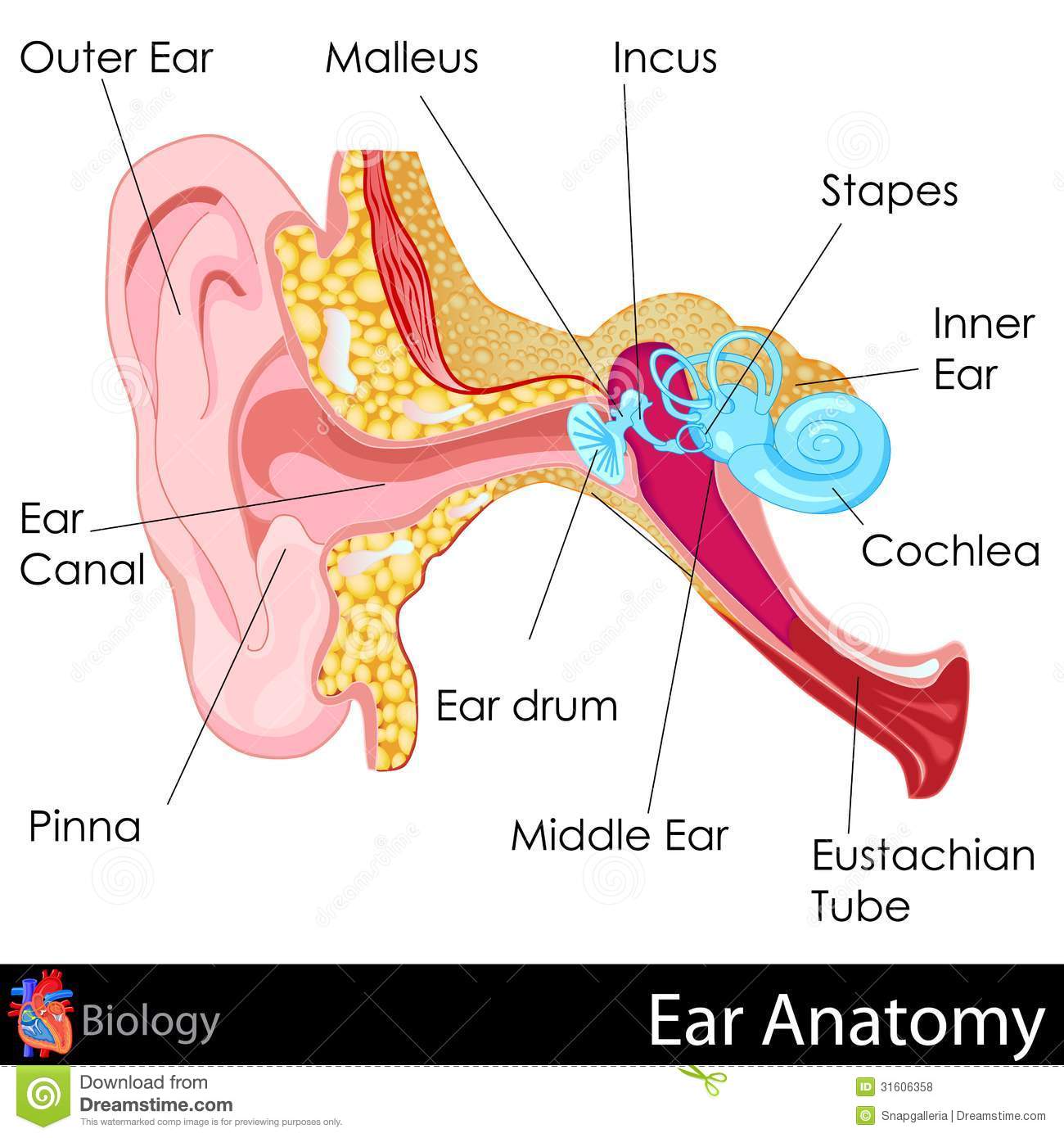S.O.H.- Save Our Hearing!
As we finish up another week of loud pops playing in which I sat next to the piccolo and in front of the percussion, I'm reminded once again of the auditory perils of orchestral playing. Let's back up though first, and review the process of hearing in itself (simplified).
Sound waves travel to the outer ear (pinna), which then magnify the sounds and direct them inward through the auditory ( or ear) canal. At the end of the tunnel is the eardrum or tympanic membrane. The three bones of the middle ear, which I had to memorize at some point as the hammer, anvil, and stirrup, then convert the sounds from the eardrum into higher pressure sounds at the oval window, which is sort of like the exit. Simply put, the three bones of the middle ear (ossicles) are the malleus, incus, and stapes, and when they vibrate, they increase the vibrations to be perceived by the oval window, which is 30 (!) times smaller than the eardrum.
Beyond the oval window is the cochlea, or the tubes that look like a snail shell. Within the cochlea is the organ of Corti, which is the organ filled with hairs that translate the liqueous vibrations into nerve impulses for the auditory nervous system. (If you're not a visual learner, this video may help to illustrate these issues a bit better through image and sound.)
Now back to musicians- sensorineural hearing loss is when the hair cells in the organ of Corti are damaged over time, either due to prolonged high volume sounds, short doses of high intensity sounds, etc. Next post will illustrate some of the frequencies of instruments, and why using earplugs is crucial in the orchestra (and non-orchestra) setting.


